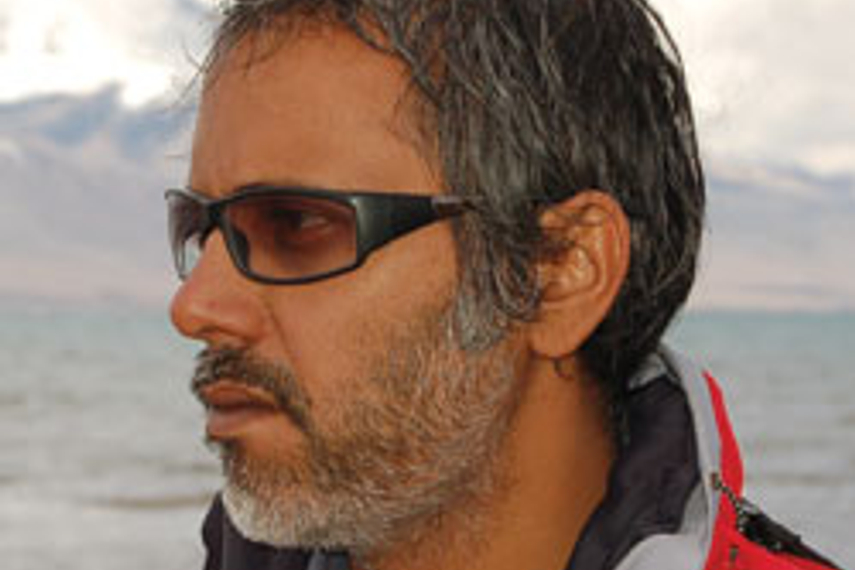
The other day I boarded a train from Thrissur to Bengaluru. By force of habit, I stopped at the familiar Higginbothams and picked up few magazines. Being aware that I have two other books, I restricted myself to just four. Two business, one news magazine and the almost nostalgic Readers Digest were my choices for the journey. Within few moments of the train departing, my fellow travellers, most of them jabbing their smartphones and iPads, were busy playing a game or doing something with their gadgets. In my own happy way, I settled into my comfort zone and scanned through the four magazines, cover to cover once, and then settling into stories that interested me more. The business and news magazines did not take much time to keep my curiosity animated (given the general state of affairs of business and the much paraphrased paralytic state of our political system, there wasn’t much that interested the common man - or if I may re-phrase it, simple man).
Finally, I said to myself, there is that all-familiar RD for me to relish now. I quickly went through my usual pattern of reading this particular magazine - first the interesting footnotes from various reader contributions (user created content!), followed by ‘All in A Day’s Work’ (now, @Work), ‘Life’s Like that’, ‘Humour in Uniform’, ‘Laughter, the best medicine’ and then the interesting, longer stories. In this particular issue, it was the story of Mary Kom.
By this time, I had already gone through the RD magazine cover to cover three times and unlike in olden days, none of my co-travellers had a desire to borrow one of the other magazines to have a glance through. Not that I was trying to patronise this common phenomenon prevalent in the years gone by. I was just curious to see if these things still happen.
The times are a changing, but I was happy to notice that the familiar RD has not changed over all these years. I was never a big fan of RD, but after having caught on again after many years, I felt… After all, what is life all about? Some of the answers you do find within, and the others in little treasure troves like these that I can still share privately with my family, without having to share it with a million other ‘Friends’.
That’s on the lighter side of our business. Now let us get a bit serious. I counted the number of ads in the magazine: 28 ads in a magazine of 166 pages including covers. That is an ad-to-edit ratio of 17 per cent. This is great for the reader, but for the publisher, could he do with some more advertising pages? I am a great believer in the print media and I know of many categories which naturally lend themselves to print. But they are either not utilising the medium effectively or do not use it at all. Whether the readership of magazines and newspapers is on a decline or not, I know for a fact that whoever the reader is, he is much more intent in absorbing the printed word and that makes the difference in communicating your message effectively in combination with other media.
On TV, you need cut-through effect and to break the clutter, the price for building a brand over the long term means disproportionate investments for the returns envisaged. So the challenge is how do you get short term results to make the long term return worth the investments? It is in this context that I see print continuing to play a pivotal role with some hard selling copy, the way DO taught us. I am a media planner so I am media neutral and for all of us each touch point is important; we are after all in the game of increasing the shovel effect. However with online, mobile, branded content integration, and activation, the brand story is almost inadvertently lost in the humdrum. With all these new media, will you agree that it is the script that is most important?
The challenges are long term whereas the shovel effect is short term with high decay rate. There is more advertising inventory to be sold but there are lesser value creation opportunities. India is perhaps the only market where multinational companies will fight tooth and nail over superiority of their products. They look like petulant kids fighting over a piece of cake. They are fighting over the short term.
We are in the numbers business. We will do anything to achieve that short term effect because only from a market as unique as India will you get short term exponential growth. The number of short cuts and patchy regulations we have make it convenient for all and many.
Have we lost sight of the scripts that can work for brands in the long term?


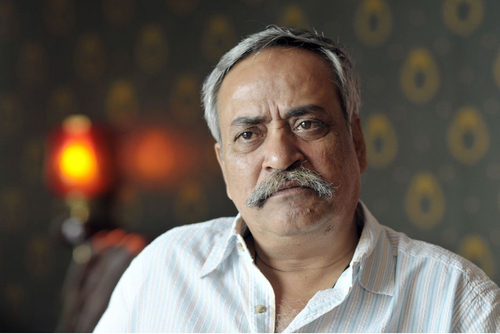
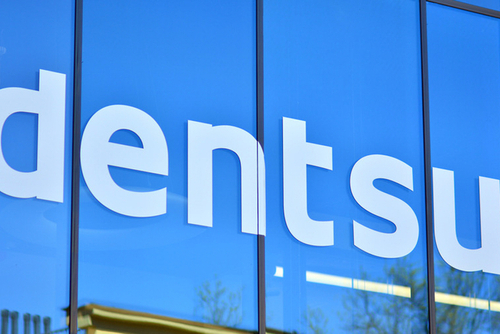

.jpg&h=334&w=500&q=100&v=20250320&c=1)

.jpg&h=334&w=500&q=100&v=20250320&c=1)
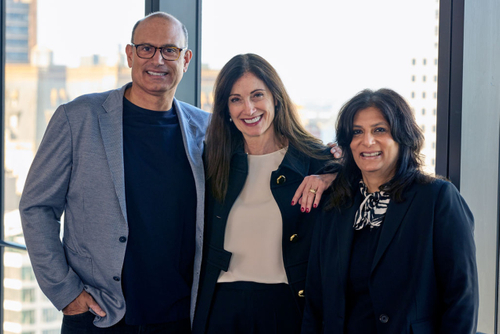
+(1).png&h=334&w=500&q=100&v=20250320&c=1)


.jpg&h=268&w=401&q=100&v=20250320&c=1)

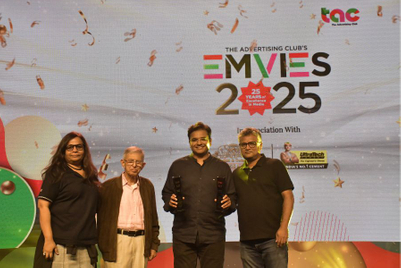

.jpg&h=268&w=401&q=100&v=20250320&c=1)

.jpeg&h=268&w=401&q=100&v=20250320&c=1)

